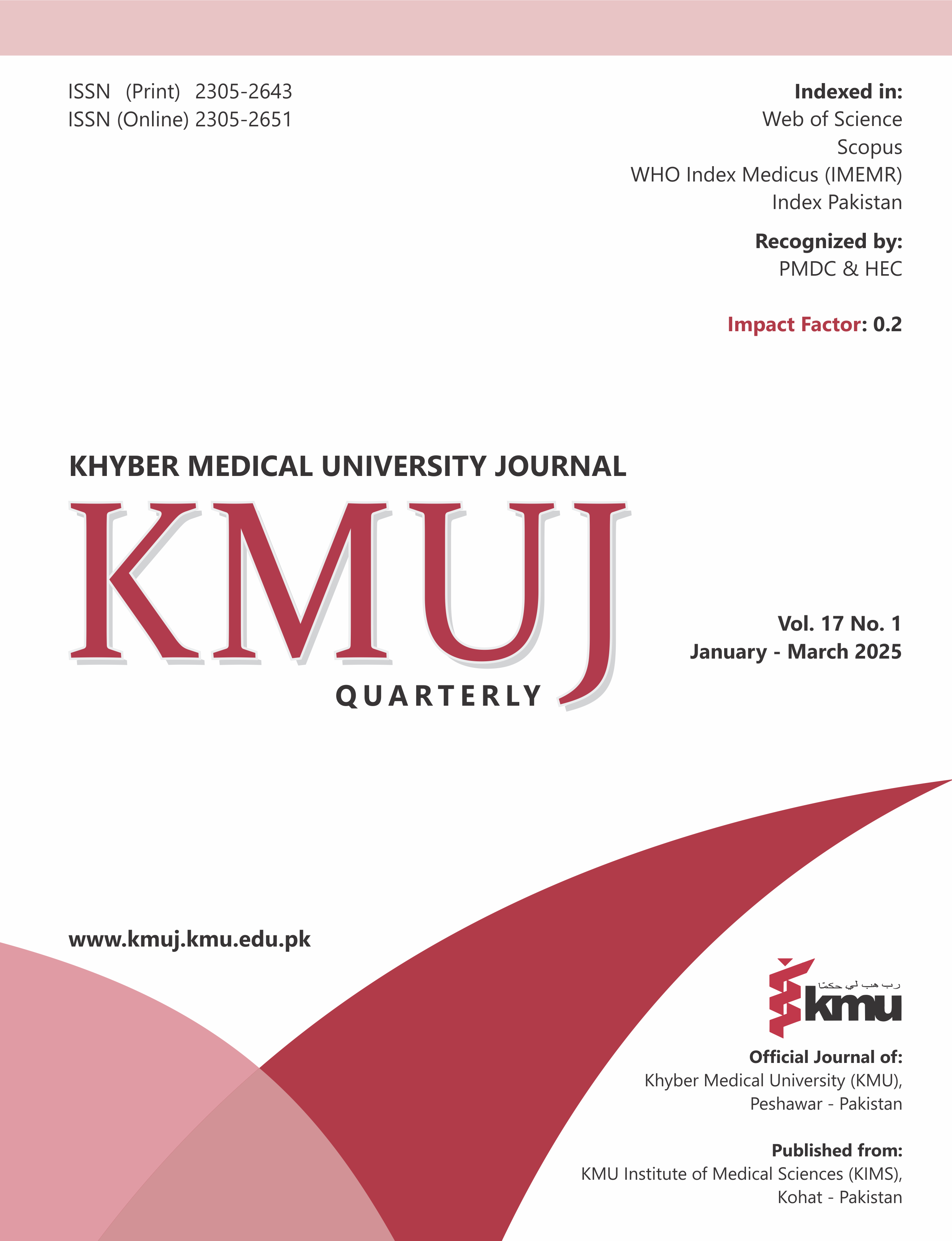Comprehensive management of factitious epulis: a report of two cases
Main Article Content
Abstract
Background: Epulis is a reactive inflammatory hyperplasia of the gingiva, commonly resulting from chronic trauma such as ill-fitting dentures, dental calculus, or self-inflicted injuries. Although benign, persistent irritation can contribute to recurrence or potential malignant transformation. This report presents two cases of epulis caused by unusual self-inflicted injuries—habitual use of a toothpick and scissors—to highlight the importance of patient education and proper oral hygiene in preventing recurrence.
Case Presentation: Case 1: A 23-year-old male presented with a recurrent gingival enlargement between teeth 41 and 42, despite previous scaling and gingivectomy. Examination revealed a well-defined, reddish, firm nodule. Radiographic evaluation showed no alveolar bone involvement. The patient admitted to habitual toothpick use for food debris removal. Surgical excision and histopathology confirmed fibrous epulis. The patient was advised to stop using toothpicks and switch to dental floss. No recurrence was noted over six months.
Case 2: A 43-year-old male complained of a gingival lump that grew rapidly due to a habit of prying tartar with scissors. Clinical and radiographic assessments showed a sessile nodule without bone involvement. Surgical excision was performed, and histopathology confirmed granulomatous epulis. The patient was educated on the risks of self-inflicted trauma and advised to seek professional dental care. No recurrence was observed over six months.
Conclusion: Chronic self-inflicted injuries can lead to reactive gingival hyperplasia, emphasizing the need for patient education and behavioral modification. Eliminating chronic irritation and maintaining proper oral hygiene are crucial in preventing recurrence and potential malignant transformation.
Article Details

This work is licensed under a Creative Commons Attribution 4.0 International License.
Work published in KMUJ is licensed under a
Creative Commons Attribution 4.0 License
Authors are permitted and encouraged to post their work online (e.g., in institutional repositories or on their website) prior to and during the submission process, as it can lead to productive exchanges, as well as earlier and greater citation of published work.
(e.g., in institutional repositories or on their website) prior to and during the submission process, as it can lead to productive exchanges, as well as earlier and greater citation of published work.
Funding data
-
Universitas Gadjah Mada
Grant numbers 3620/UN1/FKG1/Set/KG1/LT/2020
References
1. Umapathy T PKB, Nagarathna C, Amruta B, Susan K. Reactive Localized Inflammatory Gingival Hyperplasia in Primary Dentition: A Report of Rare Case and Comprehensive Management. Acta Scientific Dent Sci 2019;3(7):116-9. https://doi.org/10.31080/ASDS.2019.03.0581
2. Costa P, Peditto M, Marcianò A, Barresi A, Oteri G. The “Epulis” Dilemma. Considerations from Provisional to Final Diagnosis. A Systematic Review. Oral. 2021;1(3):224-35. https://doi.org/10.3390/oral1030022
3. Glick M, Greenberg MS, Lockhart PB, Challacombe SJ. Burket's Oral Medicine. John Wiley & Sons, Inc. 2021. ISBN: 9781119597742. https://doi.org/10.1002/9781119597797
4. Ghom AG, Ghom SA. Textbook of Oral Medicine: Jaypee Brothers Medical Publishers Pvt. Limited; 2014.
5. Osaghae IP, Azodo CC, Egwoum B. Factitious oral injuries in dental patients and recall appointment default. Int J Med Biomed Res 2017;6(2):86-91. http://dx.doi.org/10.14194/ijmbr.6.2.4
6. Agrawal AA. Gingival enlargements: Differential diagnosis and review of literature. World J Clin Cases 2015;3(9):779-88. https://doi.org/10.12998/wjcc.v3.i9.779
7. Dabholkar J, Vora K, Sikdar A. Giant fibrous epulis. Indian J Otolaryngol Head Neck Surg 2008;60(1):69-71. https://doi.org/10.1007/s12070-008-0022-0
8. Zhao N, Yesibulati Y, Xiayizhati P, He YN, Xia RH, Yan XZ. A large-cohort study of 2971 cases of epulis: focusing on risk factors associated with recurrence. BMC Oral Health 2023;23(1):229. https://doi.org/10.1186/s12903-023-02935-x
9. White SC, Pharoah MJ. White and Pharoah's Oral Radiology: Principles and Interpretation: Elsevier Health Sciences, USA; 2018. ISBN: 9780323543835
10. Boras VV, Brailo V, Skrinjar I, Juras VD, Alajbeg I, Rotim Z, et al. Self-Inflicted Oral Mucosal Injuries. Res J Pharmaceut Biol Chem Sci 2017;8(2):1824-29.
